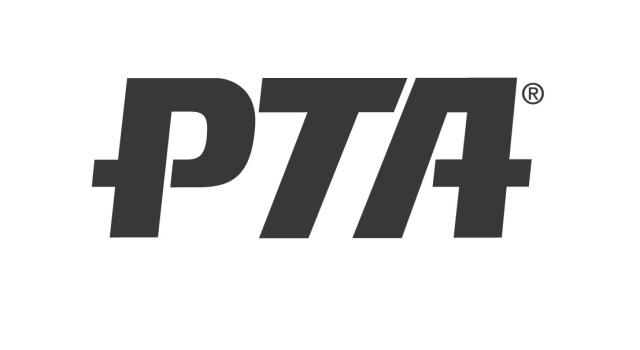Return To Teachers Speak
PTA’s are traditionally known for supporting the schools with engaging programs and activities. At my children’s schools, for example, the PTA runs talent shows, organizes classroom and school-wide parties, and holds fundraisers for items such as playground equipment and classroom technology. In the school district where I teach, our parents run the school store, help chaperone dances, and bring in special assemblies for students to enjoy. Clearly, our children benefit from the PTA’s involvement, and these dedicated parents should be commended for their hard work and commitment by making programs and activities possible that may otherwise not be feasible.

An increasingly popular discussion topic for these involved parents relates to a high-stakes subject: how PTA’s can impact student learning. With tight budgets and cuts to school funding, PTA’s have an even larger role to fill – today more than ever. Schools may not be able to fully implement programming and activities that could boost student achievement, and a parent-teacher organization can be that vital missing link. Consider the following seven ways that PTA’s today can help:
 Image by PTA via https://www.pta.org/
Image by PTA via https://www.pta.org/
-
Begin with the end in mind.
Grant Wiggins, the author of Understanding By Design, explains how teachers can more effectively educate their students by planning lessons based on goals they expect students to reach by the end of the lesson, unit, or school year. With this model, planning with the end result in mind leads to better outcomes. Likewise, if the PTA focuses on educational goals, they can take already-existing events and transform them in such a way that they are both enjoyable and achievement-oriented. For example, at the next school dance, the PTA can send home a tip sheet on how to balance schoolwork and extra-curricular activities. Or, in planning the next assembly, the focus might be on a particular subject area (such as reading, math, science, or social studies), and the PTA may design the event based on that theme.
-
Fundraise.
Use fundraising proceeds to make purchases that will boost student learning. In my children’s district, the PTA funded the purchase of Smartboards, document cameras, and projection devices for the classroom. Without their contribution, the majority of classrooms in my daughter’s school would be without this technology.
-
Promote math and literacy.
The research shows that strong literacy and mathematical skills are imperative for students entering today’s workforce. PTA’s can be invaluable partners with the schools to promote improved literacy and mathematics development. The Center for Public Education reports that when the PTA of a Title I school targeted struggling students with more support (by “sending materials home, meeting face to face with parents, and maintaining frequent telephone contact when their children had problems”), that school enjoyed a 40% increased improvement rate with respect to student achievement. Plan events focused on learning. In program planning, focus on ways that your PTA can improve learning, such as hosting workshops to help parents • • • help children with homework and new curriculum. In my district, we hosted “Game Nights” when we implemented a new math program that parents found confusing and unfamiliar. By educating parents on the games students would play in the classroom, families now could reinforce school learning at home by playing these games with their children.
-
Improve Parenting Skills.
It is true that students who exhibit behavior problems may miss key information throughout the school year due to excessive absences, suspensions, and office referrals. By promoting pro- social, positive behavior at home, parents can help their children improve their behavior at home and school, which will benefit the child academically. Since many parents may be embarrassed to admit they need help with parenting skills, offering free workshops and seminars will allow concerns to be addressed in a non-threatening way to interested families.
-
Collaborate!
Work with teachers, principals, and curriculum supervisors. What goals do they have for students? What are the students’ strengths and weaknesses? By reinforcing school-wide programs with related PTA- sponsored events, school efforts will be more likely to meet with success.
-
Learn more!
Resources abound on the internet to provide you with numerous PTA activities ideas that will work with your existing PTA. Visit the National PTA’s Website for more ideas.
Which activities does your school already do? Which actions can your PTA take in the future to make an even bigger academic impact? Let us know how your PTA has taken action with some of these seven ideas!
Useful Links
Comprehensive Standards-Aligned Programs For Elementary Schools Middle Schools & High Schools





